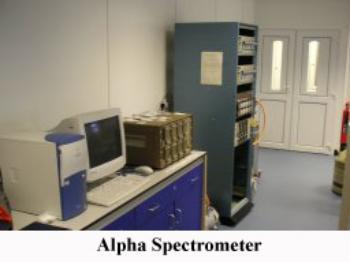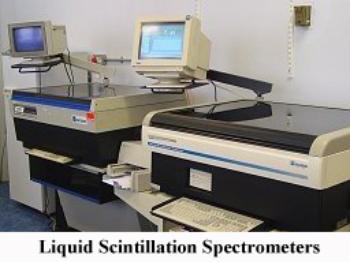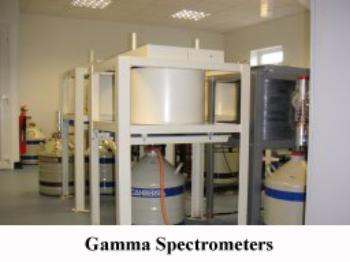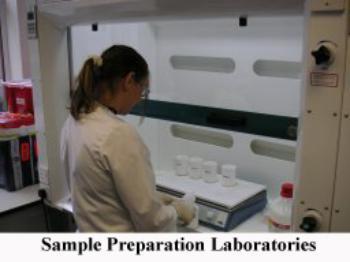Environmental Radioactivity
Overview
SUERC has a well-established reputation for excellence in the field of environmental radioactivity and radiometric techniques. This research has been supported for a number of years by grants from several Research Councils, Government Departments, Local Councils and the Nuclear Industry.
Man-made Radionuclides
Man-made radionuclides in the environment are derived from a wide range of sources including the atmospheric testing of nuclear weapons, nuclear fuel cycle releases and nuclear accidents such as Chernobyl. The study of these radionuclides in the environment is of inherent interest in order to gain an understanding of their geochemical behaviours and radiological significance. These radionuclides are also valuable tracers of environmental processes.
Particular areas of interest include:
- The use of man-made radionuclides in the study of mixing and accumulation processes in marine and freshwater sediments
- The geochemistry and environmental behaviour of a range radionuclides in the terrestrial and aquatic environments.
- Dosimetry and dose reconstruction.
Naturally-occurring Radionuclides
The ubiquitous nature of naturally occurring radionuclides makes them of great use in a wide range of environmental applications. For example, the decay-series of the long-lived radionuclides 238U, 235U and 232Th contain radioactive isotopes of several elements with markedly contrasting geochemistries. Radioactive disequilibrium within these series is brought about by a variety of surface and near-surface processes occurring over timescales ranging from days to millions of years. The study of these disequilibria contributes to our understanding of the time-scales of a broad spectrum of geological, oceanographic and environmental processes.
Examples of applications of the study of these radionuclides in the environment are:
- Characterisation of accumulation and mixing processes in marine and freshwater sediments, and ombrotrophic peat deposits over short timescales (200 yrs) using 210Pb.
- Natural analogue studies relating to radioactive waste disposal repository designs and performance assessments.
- Investigation of the environmental and geochemical behaviour of depleted uranium.
- Determination of sediment accumulation rates over long timescales (105 yrs) using 230Th.
- Investigation of scavenging processes in the aquatic environment using 234Th (<1 year).
Equipment
The range of radio-analytical equipment and associated expertise at SUERC is one of the most comprehensive available within the UK higher education system and facilitates the measurement of a wide range of man-made and naturally-occurring radionuclides:





